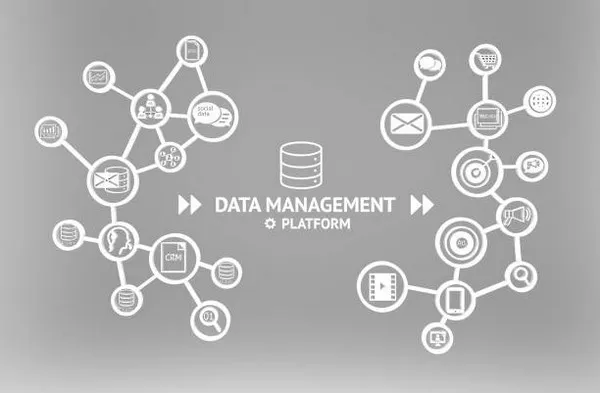In the world of digital real estate, domain names are akin to valuable pieces of property. They serve as the online address for businesses, personal blogs, and e-commerce sites, making them a crucial asset in the digital landscape. As such, the process of transferring a domain name—from one registrar to another or from one owner to another—can have significant implications, not just in terms of logistics but also in terms of cost. In this article, we will delve into the various factors that contribute to the cost of transferring a domain name and provide a comprehensive overview to help you navigate this process efficiently.
Understanding Domain Transfers
A domain name transfer is essentially a process that involves moving a domain name registration from one registrar to another. This could be for various reasons such as seeking better services, changing ownership, or consolidating multiple domains under a single registrar. It’s important to distinguish between the different types of domain transfers:
Registrar-to-Registrar Transfer: This involves moving the domain from one registrar to another while retaining the same owner.
Ownership Transfer: This is when the domain name is transferred to a new owner, which could be accompanied by a change in registrar.
Cost Factors for Domain Transfers
1. Registrar Fees
One of the primary costs associated with transferring a domain name is the registrar fee. This fee is usually charged by the new registrar to process the transfer. On average, registrar fees can range from $7 to $15, depending on the registrar and the top-level domain (TLD) involved. Some registrars might offer promotions or discounts, so it’s worth comparing prices before making a decision.
2. Domain Transfer Fees
Most registrars will require you to pay for a one-year extension of your domain registration when you initiate a transfer. This is a standard practice designed to ensure that the domain remains active and to cover the administrative costs associated with the transfer. The cost for this extension typically ranges from $10 to $20, depending on the domain’s TLD and the registrar’s pricing structure.
3. Additional Costs
In addition to the basic fees, there might be other costs involved, such as:
Transfer Authorization Code (EPP Code): Some registrars may charge a fee for providing the EPP code, which is necessary for the transfer process.
Privacy Protection: If you have domain privacy protection services, you may need to pay to have them transferred or reactivated with the new registrar.
DNS Management Fees: Some registrars charge for DNS management or hosting services, which could be an additional cost if you need to maintain these services during or after the transfer.
Factors Influencing the Cost
1. Top-Level Domain (TLD)
The cost of transferring a domain can vary based on its TLD. Common TLDs like .com, .net, and .org generally have lower transfer costs compared to more specialized or country-code TLDs (.tv, .cc, .us). The pricing differences are largely due to varying registry fees and market demand for specific TLDs.
2. Registrar Policies
Different registrars have different policies and fee structures. Some registrars might offer free transfers as part of their service packages, while others might have higher fees for domain transfers. Additionally, some registrars might include the cost of domain transfer as part of their annual renewal fees.
3. Domain Age and Status
The age and status of a domain can also impact transfer costs. Domains that are approaching their expiration date might incur additional renewal fees, while domains with a history of recent changes or disputes might face additional verification or processing costs.
The Transfer Process
Understanding the transfer process can help you anticipate and manage costs effectively:
Initiate the Transfer: Start by unlocking your domain and obtaining the EPP code from your current registrar. This code is required by the new registrar to initiate the transfer.
Choose a New Registrar: Compare registrars based on their fees, services, and reviews. Look for promotions or discounts that might be available.
Complete the Transfer: Submit the transfer request to the new registrar and provide the necessary authorization code. Pay any applicable fees for the transfer and domain extension.
Confirmation and Completion: Confirm the transfer request through the emails sent by both the old and new registrars. The transfer typically takes a few days to complete, during which your domain should remain operational.
Best Practices for Managing Domain Transfers
To ensure a smooth and cost-effective domain transfer, consider the following best practices:
Plan Ahead: Start the transfer process well before the domain’s expiration date to avoid any potential disruptions or additional fees.
Verify Domain Eligibility: Ensure that your domain is eligible for transfer by checking with your current registrar. Some domains have transfer restrictions based on their registration period.
Backup Data: Before initiating the transfer, backup all domain-related data and settings, including DNS configurations and website content, to prevent any loss during the transfer.
Monitor the Transfer: Keep track of the transfer process and confirm its completion to ensure that there are no issues with the domain’s functionality.
See Also Defending Against Domain Name Typosquatting: Effective Tactics
Conclusion
Transferring a domain name involves various costs that can vary based on the registrar, the TLD, and additional services required. By understanding the different cost factors and following best practices, you can manage the transfer process effectively and ensure that your domain remains an asset rather than a liability. Whether you are moving domains for better services, consolidating your portfolio, or changing ownership, being well-informed about the costs and procedures will help you navigate the transfer smoothly and with confidence.
You Might Be Interested In
- What Does a Domain Name Registrar Do? An In-Depth Exploration
- 12 Services Provided with Registering a Domain Name
- What Happens When Domain Transfer On The Original Website

